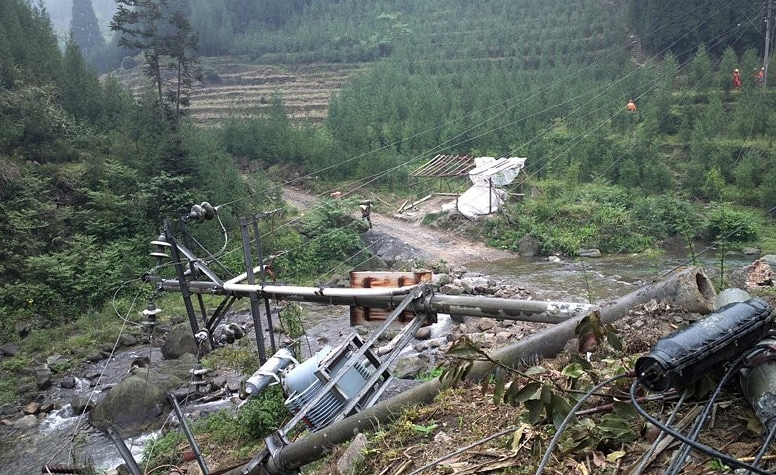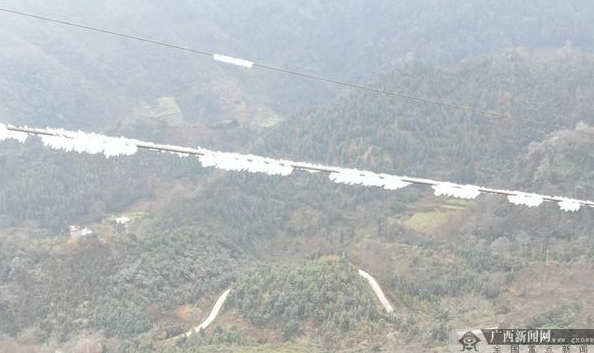Special terrain creates a special climate, and areas such as canyons, rivers, mountains, hills, and high-altitude mountainous areas are prone to micro-terrain and micro-climate areas, and due to the characteristics of the special terrain, the temperature, humidity, wind speed, and other factors in these areas may produce large changes. In such environments, winter weather conditions tend to be more specific, leading to icing, water accumulation, excessive wind, etc., in the micro-terrain areas of transmission lines, and the risk of ice-covering, dancing and uneven de-icing of transmission lines is also relatively high.
In addition, the uneven distribution of microclimate may also exacerbate the uneven de-icing of transmission lines, thus affecting the stable operation of the power system.
In response to these worrying realities, our company has launched a set of smart grid micro-weather monitoring program - multi-factor micro-weather online monitoring device. This is a device capable of real-time/timed automatic collection of multi-factor meteorological data in the monitoring point area where transmission lines and substations are located, in which the multi-factor meteorological parameters monitored by sensors include wind speed, wind direction, air temperature, relative humidity, barometric pressure, rainfall, light radiation, etc., which are automatically collected at set time intervals and transmitted to the main station system for analysis through the communication network to realize the micro-meteorological early warning to enhance the sensing capability of meteorological information and natural disaster information of grid transmission lines and substations, and to enhance the awareness capability of meteorological information and natural disaster information of grid facilities and equipments. line, substation meteorological information, natural disaster information perception ability, improve the grid facilities and equipment flood control, flood control ability, reduce line blackout accidents.






